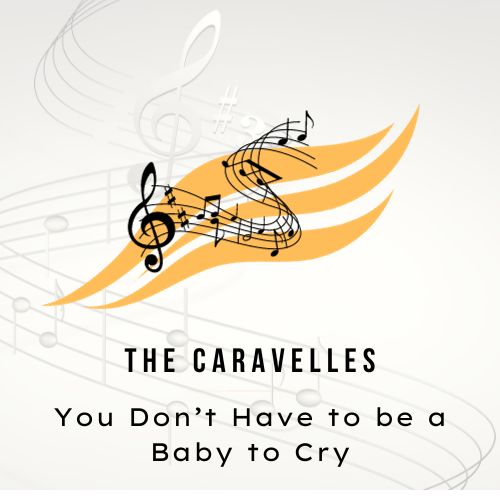Introduction
The Caravelles have gone down to history as one-hit wonders through their 1963 pop hit “You Don’t Have to Be a Baby to Cry.” A duo, they consisted of Lois Wilkinson and Andrea Simpson, both from England. One of their very few releases was “You Don’t Have to Be a Baby to Cry,” which broke into the Top 10 on both the UK and US charts. The follow-up single “Have You Ever Been Lonely” dropped to the lower rung of the Hot 100. Wilkinson left to pursue a solo career under the name of Lois Lane, and Simpson soldiered on as The Caravelles with a series of other vocalists and occasionally played at gigs.
From office workers to a singing duo
The Caravelles consisted of two girls, Lois Wilkinson and Andrea Simpson. Wilkinson, (who was born in Sleaford, Lincolnshire, England on April 3, 1944) was then working as as shorthand typist, while Simpson (born in Finchley, London on September 9, 1946) was employed as an accounting machine operator. They were working at the same building, and they came together to entertain their co-workers at an office party. The girls’ officemates found their talent and flair for singing and entertaining, so they strongly encouraged the duo to enter professional singing.
The timing couldn’t have been right. A man named Curly Clayton, who managed a small recording studio in Highbury, London, discovered the girls who also agreed to enter a professional singing. Wilkinson and Simpson would have liked to go on a separate solo singing career, but Clayton suggested to them that they might do better as a duet.
“You Don’t Have to Be a Baby to Cry” – The Caravelles’ only big hit
Encouraged, the girls learned to sing a few songs that they happened to discover along the way, and one of those songs was “You Don’t Have to Be a Baby to Cry.” The song was written by Bob Merrill and Terry Shand and first recorded by American country and western artist Moon Mulligan. Then it was later covered by Tenneesse Ernie Ford (as a b-side to his hit “Sixteen Tons”), and Ernest Tubb. Wilkinson and Simpson later did a demo of “You Don’t Have to Be a Baby to Cry.”
After an earlier failed attempt to pitch the demo record to a certain major label, the girls subsequently recorded “You Don’t Have to Be a Baby to Cry” again, this under the wings of bandleader Harry Robinson. The record was eventually picked by Decca Records, who released the song as a single on its subsidiary label Ritz. By then the girls had called themselves the Caravelles, after a French aircraft named Sud Aviation Caravelle.
“You Don’t Have to Be a Baby to Cry” became a big hit in the United Kingdom, peaking at #6 in 1963. In the United States, the single was released on Smash label, and became a great seller as well. In fact, the single fared even better on the Stateside charts — the Billboard Hot 100 at #3, and easy listening chart at #2.
Because of “You Don’t Have to Be a Baby to Cry,” The Caravelles found themselves at the forefront of the brewing British Invasion of the beat boom years. Unfortunately, the girls weren’t able to sustain that momentum, despite trying different styles in their material. There was the hard-edged rock and roll of “Lovin’ Just My Style,” the rock/folk of “Hey Mama, You’ve Been on My Mind,” and their usual harmonic style in “Don’t Blow Your Cool.” They managed only one minor hit in the US, “Have You Ever Been Lonely (Have You Ever Been Blue)” (#94 pop) in 1964.
Individual career of the Caravelles’ members
These singles found few takers, and this led to the eventual breakup of the Caravelles sometime in the 1960s. Lois Wilkinson launched a solo career under the name of Lois Lane (after the name of Superman’s character girlfriend), with her repertoire veering toward jazz and MOR. She also found work as a singer for BBC’s programmes. Andrea Simpson, on the other hand, went on to performed as the Caravelles name but this time with other partners. The Caravelles went on to be active throughout the 1980s. Simpson still does occasional live performing up to now.

